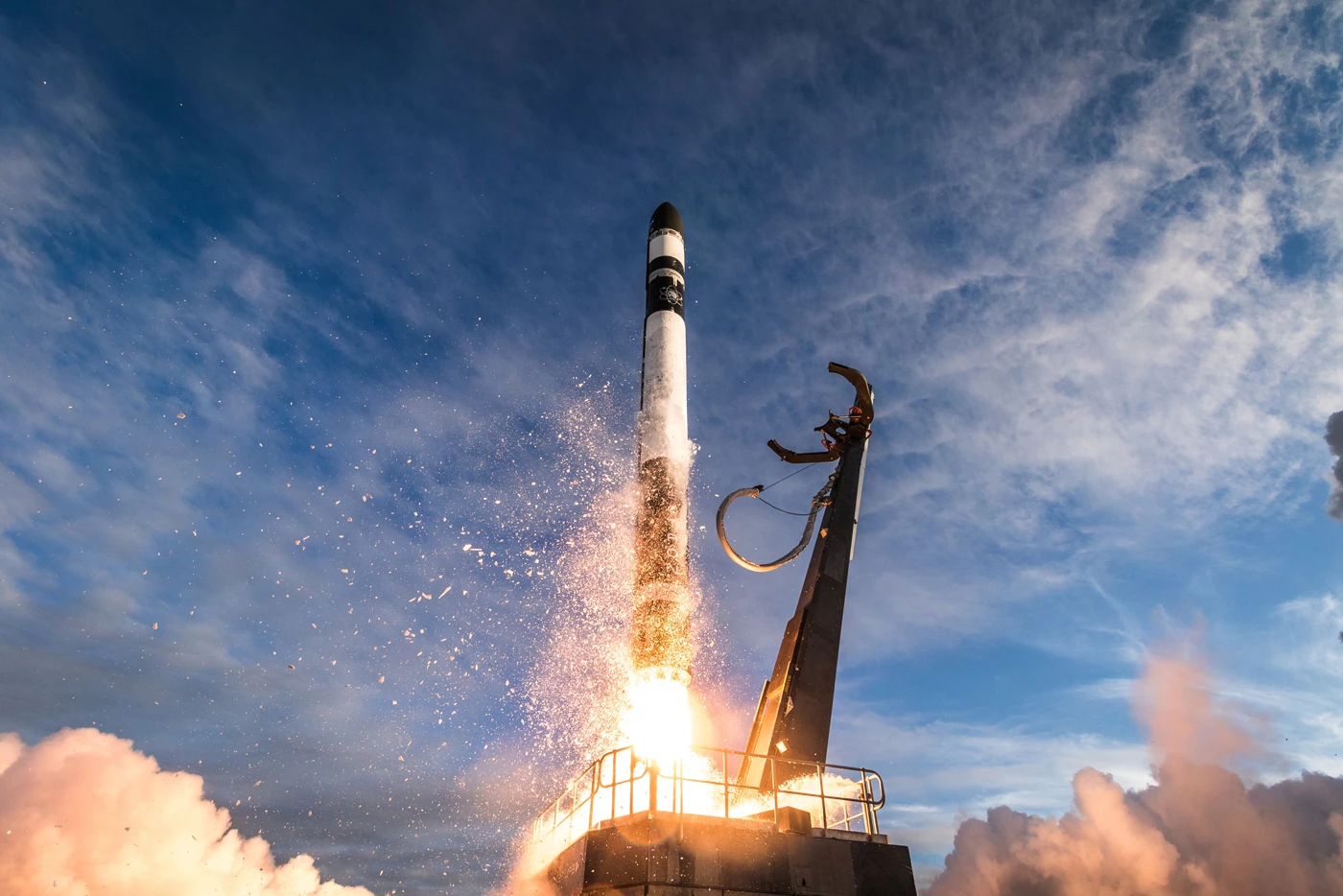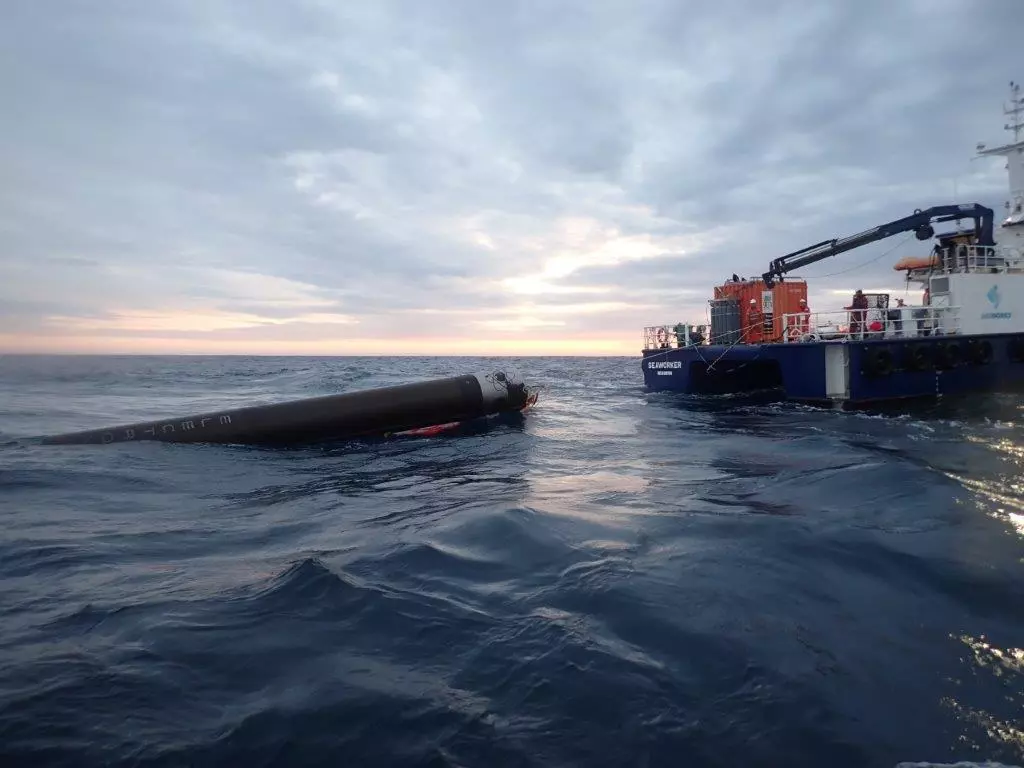Startup Rocket Lab is pressing ahead with its ambitions to turn its Electron booster into a reusable orbital launch vehicle, with plans to recover the rocket's first stage for a second time this weekend. The upcoming mission will see the rocket splash down in the ocean for collection by a recovery vessel, hopefully bearing less damage than the first attempt thanks to an upgraded heat shield.
Rocket Lab's Electron booster is designed to lift small satellites into orbit, and recently the company has started to focus attention on how it might be brought safely back down to Earth afterwards for reuse, à la SpaceX.

As the Electron's second stage separates and carries the payload to orbit, the first stage engages a reaction control system to reorient itself for re-entry through the Earth's atmosphere. This subjects the first stage to incredible pressures and temperatures in excess of 2,400 °C (4,352 °F), something Rocket Lab refers to as "The Wall."
Orienting itself to pass through "The Wall" at the ideal angle is key to the first stage surviving the experience, as is the heat shield at its base. But during Rocket Lab's first recovery mission last November, the Electron carried a heat shield that was not designed for these purposes.
It did, however, enable the team to see just how much heat the design could take. The company's engineers have used these lessons to develop an advanced heat shield to better protect the rocket's engines as it tears through the atmosphere, which they expect will more effectively direct the extremely hot air away from the rocket.
After making it through the atmosphere, Electron deploys a drogue parachute to begin slowing its descent, followed by a larger parachute as it nears the ocean. Following a safe splashdown, a recovery vessel comes along and collects the first stage for inspection and refurbishment.

Rocket Lab CEO Peter Beck says that the Electron that will be used for this weekend's mission, which will deploy two Earth-observation satellites to orbit for customer BlackSky, is reusing the propellant press system recovered from the reusability mission last November. It will be the second of three planned ocean splashdown recovery missions, before Rocket Lab moves onto more ambitious recovery techniques.
Eventually, the company hopes to avoid the splashdown process altogether by catching the first stage in mid-air with a helicopter, using a mechanism to snaffle its parachute's cords as it descends toward Earth. But before moving into that final phase of its recovery program, Rocket Lab is looking to iron out the kinks in the re-entry and descent process, and focusing on bringing down the rocket while minimizing the damage.
The launch window for this weekend's mission, named "Running out of Toes," opens at 10 am May 15, UTC time. The mission will launch from the company's Launch Complex 1 in New Zealand.
Source: Rocket Lab




